Inspections and Assessments: Our plumbing specialists perform inspections of water piping systems in residential and commercial buildings to identify any issues, such as leaks, corrosion, or pipe deterioration. They assess the overall condition and functionality of the system and determine the necessary repairs or upgrades.
Repairs and Replacements: When water piping systems require repairs, plumbers use their expertise to fix leaks, replace damaged or faulty pipes, fittings, and valves. They employ various techniques, including soldering, welding, or using mechanical fittings, to ensure secure connections and prevent future leaks. In some cases old piping, both water supply and sewer lines, have to be replaced due to corrosion and deterioration.
Pressure Regulation: Plumbers adjust water pressure regulators to maintain optimal water flow throughout the building. They evaluate water pressure levels and make necessary adjustments to ensure consistent water supply without causing excessive strain on the pipes or fixtures.
Backflow Prevention: Plumbers install and maintain backflow prevention devices to safeguard the water supply from contamination. These devices prevent the backflow of wastewater or other contaminants into the clean water system. Plumbers inspect, test, and repair backflow prevention devices as required by local regulations.


